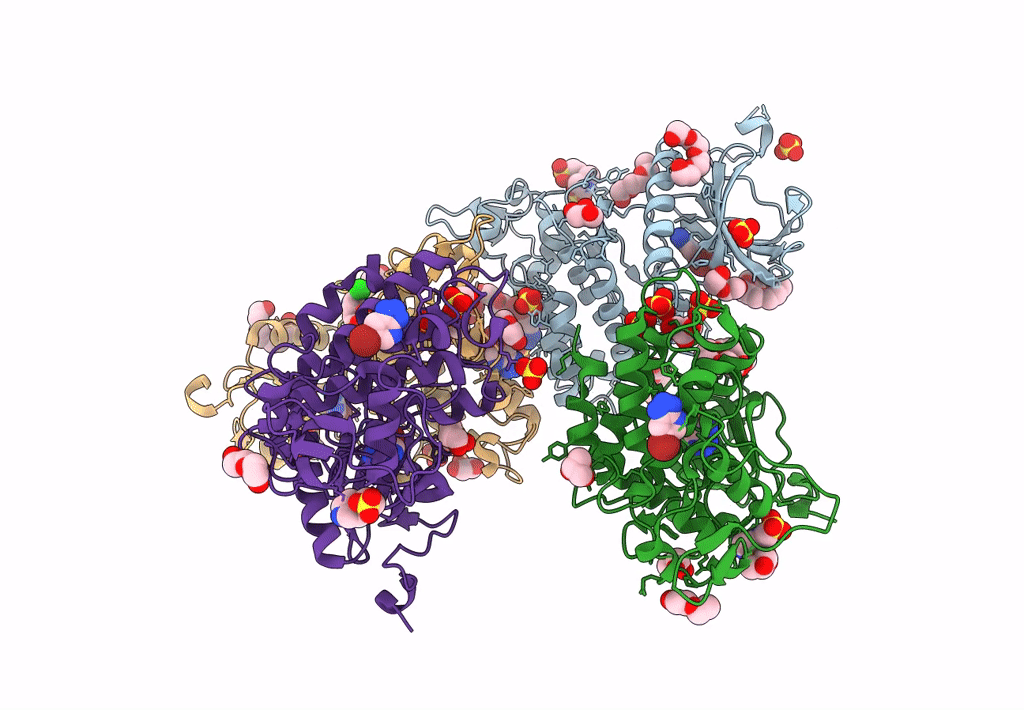
Deposition Date
2022-04-05
Release Date
2022-11-09
Last Version Date
2024-10-23
Method Details:
Experimental Method:
Resolution:
2.30 Å
R-Value Free:
0.23
R-Value Work:
0.19
R-Value Observed:
0.19
Space Group:
C 1 2 1


